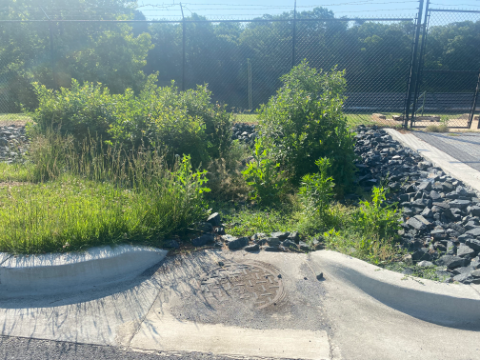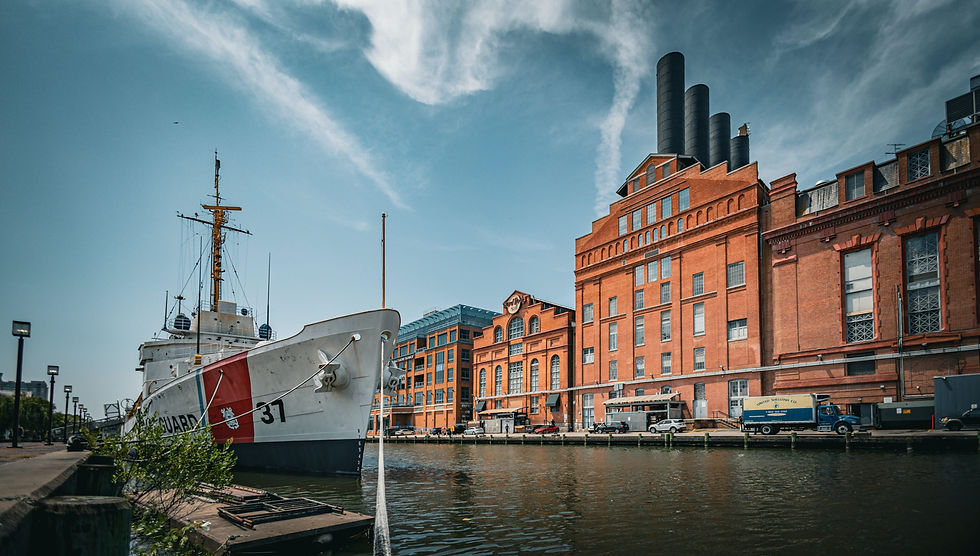Key Steps for Seasonal Bioretention Maintenance
- SMC

- Nov 21, 2023
- 2 min read
Updated: May 27, 2024

Bioretention practices can include quite a few variations, including large “traditional” bioretention, micro-bioretention, bio-swales, bio-trenches, etc. They may also have different components, with some using underdrain systems, others with high-flow media and proprietary storage features, most with shallow surface storage, and many relying on infiltration into native soils.
In general terms, all of these variants include landscaping established in porous well-drained soil media for enhanced treatment, aesthetics, and habitat. Likewise, maintenance of these practices have consistencies regardless of the individual attributes.
Due to the landscape orientation of these practices, they are often maintained by landscaping crews in conjunction with overall site landscape work. Unfortunately, not all personnel involved in the maintenance are fully aware of the function and specific elements that should be addressed.

BEFORE

AFTER
With this in mind, we share some ‘Dos and Don’ts’ of bioretention maintenance:
DO
Perform independent annual inspections by qualified professionals (preferable with certifications such as Chesapeake Bay Landscape Professional [CBLP]) to ensure routine maintenance is being conducted appropriately and to identify emerging issues and Corrective Maintenance that should be considered.
Remove trash and debris quarterly or more often if needed.
Clear any obstructions or sediment buildup from in flows and overflows at every visit.
Mulch landscape beds each Spring, ensuring storage depth (vertical distance from the surface to the overflow) is maintained as intended on the design. If needed, existing mulch must be removed to keep the desired storage depth.
Prune woody vegetation in the Fall of the year. Replace or augment plantings at this time as needed.
Report slow dewatering as soon as it is observed for Forensic Investigation. Bioretention practices should not hold water more than 72 hours after rainfall.
Repair any minor erosion at every visit. Report major erosion issues for Forensic Investigation.
Report any sinkholes or localized sinking of the mulch surface for Forensic Investigation.
Report sediment in the outfall area or underdrain system for Forensic Investigation.
DON’T
Expect maintenance crews to perform Corrective Maintenance as a part of scheduled Routine Maintenance. Scopes must be clearly delineated with limitations to assure efficient operations and the highest value.
Jet or flush underdrain systems. Clogs or debris in underdrain systems are the result of other more major issues that must be addressed with a Forensic Investigation followed by Corrective Maintenance or reconstruction.
Allow unusual and recurring routine maintenance problems go without reporting and investigation.
Over mulch and reduce intended storage depths.
Regrade surface to flow towards and outlet. The vast majority of bioretention facilities should have flat bottoms.
Fill sinking or sinkholes without a Forensic Investigation. Sinking often indicates a much more serious problem that
Dismiss recurring sedimentation. Often this is a symptom of other issues in the drainage area that can be addressed.
Replace dead or distressed plant material if it is a single species or repetitive replacements. Originally designed plant material may not be a match for the soil or moisture conditions and other species should be considered.
Both of these lists are just a sampling of what to consider when performing bioretention maintenance. Most importantly, crews should be capable, experienced, and knowledgeable in landscape and stormwater maintenance with independent inspections performed by qualified professionals. If you need us, feel free to reach out directly or via this link.

BEFORE

AFTER







